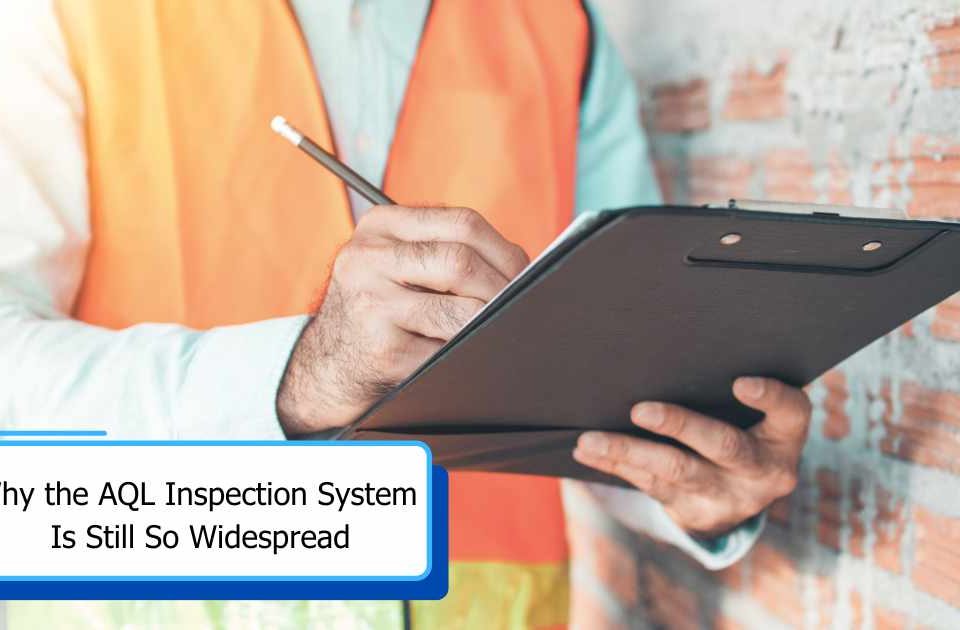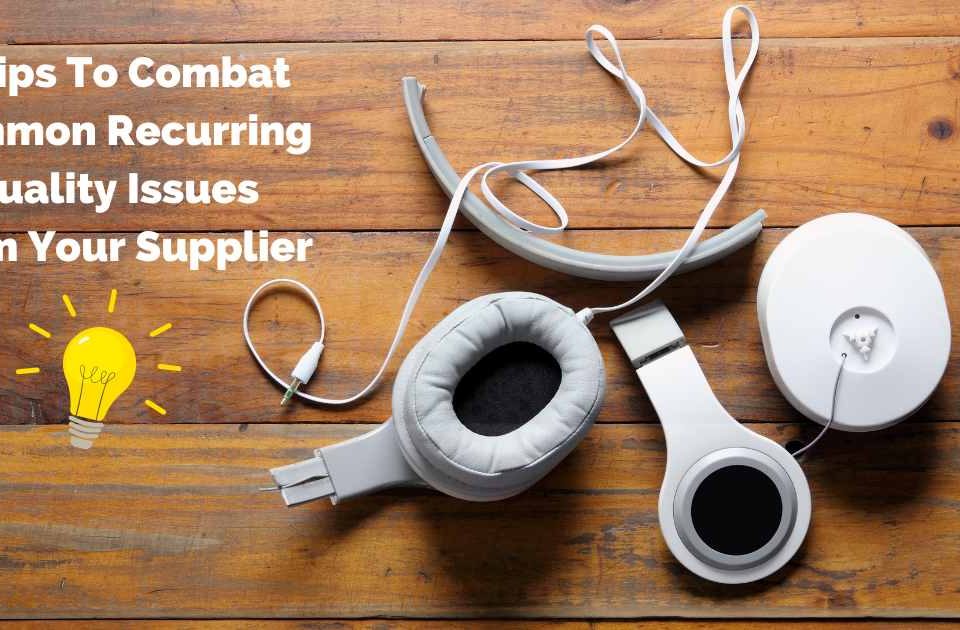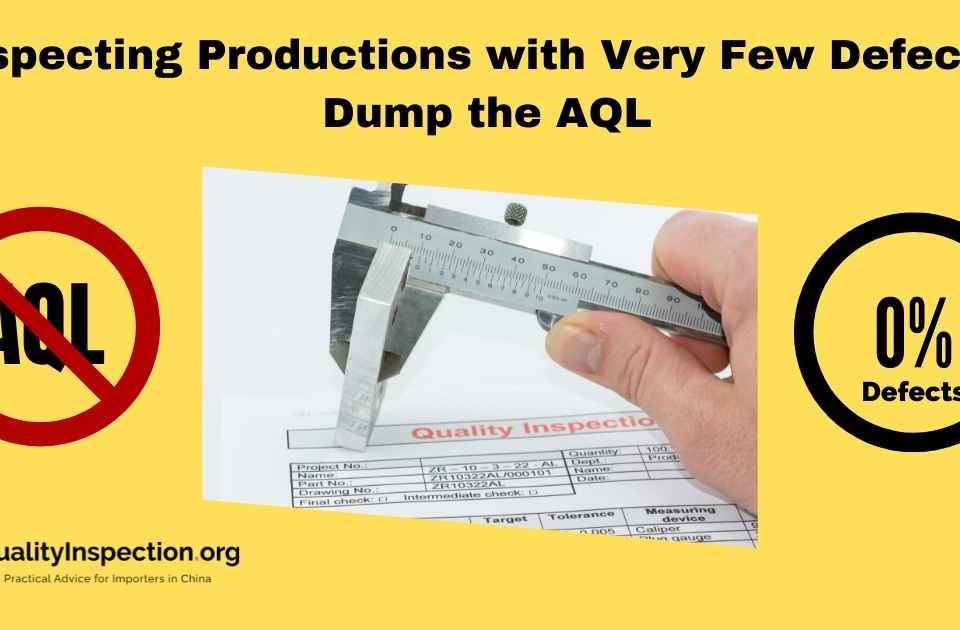In the 1930s, some smart statisticians at Bell Labs worked on an amazing amount of manual calculations to suggest sampling plans for product quality inspections. Over time, it became the topic of MIL STD standards and one of those plans … [Read more...]
6 Tips To Combat Common Recurring Quality Issues From Your Supplier
What happens if your supplier keeps manufacturing products with various defects, even though you have a quality standard that outlines your expectations? This tends to happen for the same reasons, so here are 6 tips to help you avoid … [Read more...]
Using the Limiting Quality Level (ISO 2859-2:2020) Instead of AQL
A reader asked me how he should do an inspection of a lot produced in isolation. In theory, he should work with the Limiting Quality Level (LQ), not the AQL, which is designed for inspections of a continuous stream of production. I shot … [Read more...]
Inspecting Productions with Very Few Defects: Dump the AQL
The topic of "do we really need to send inspectors to check productions" and "does that whole AQL concept even make sense" are frequently raised. In this article, I want to write about what it takes to get to a very low rate of defective … [Read more...]
Renaud Answers YOUR Manufacturing Questions [Podcast]
In this episode… To celebrate our 100th episode over on Sofeast's podcast Renaud called on listeners for their manufacturing-related questions and answered as many as possible! They're questions that are relevant to so many importers, … [Read more...]
What Is the Confidence Level when Working with AQL Tables?
A reader wrote to me and asked the following question about sampling plans by attributes: What is the "Confidence Level" when using the AQL Tables? How can we determine what the confidence levels are, and are there formulas we can … [Read more...]
A Simple AQL Calculator To Prepare Your Product Inspections
One of our developers prepared this simple AQL calculator for Sofeast. You can use it instead of reading the AQL tables to quickly produce your sample size and permissible defect number. … [Read more...]
100% Inspection in a Third Party Facility in China: The How-To
I am guessing that about 96% of quality inspections done in China, on behalf of overseas buyers, are conducted in the supplier's facility on a set of randomly-picked samples. About 3% are done at the supplier's facility, on 100% of the … [Read more...]
The Special Inspection Levels in the AQL Tables
A few years ago I wrote about the inspection levels, but I regularly notice that some people are confused about the "special" levels (S1, S2, S3, and S4). Here is what the ISO 2859-1 standard says (emphasis is mine): The inspection … [Read more...]
When To Do a Random AQL Inspection vs. Check 100% of the Goods
First, let me get one thing out of the way: not all batches need to be checked. If a manufacturer has great systems and processes, and if they have a history of complying with your quality standard, there is usually no reason to send … [Read more...]





![Celebrating 100 Episodes By Answering YOUR Questions [Podcast]](https://qualityinspection.org/wp-content/uploads/2022/04/Celebrating100EpisodesByAnsweringYOURQuestionsPodcast-960x627.jpeg)




